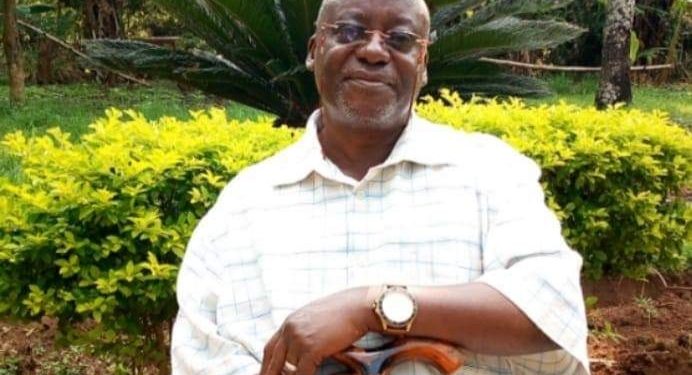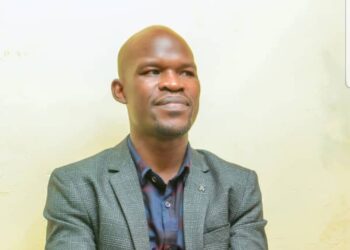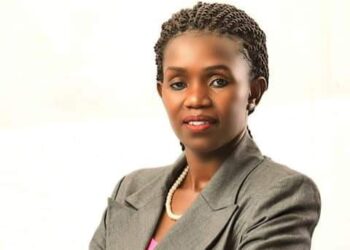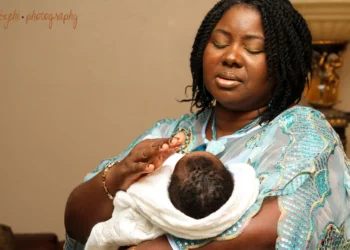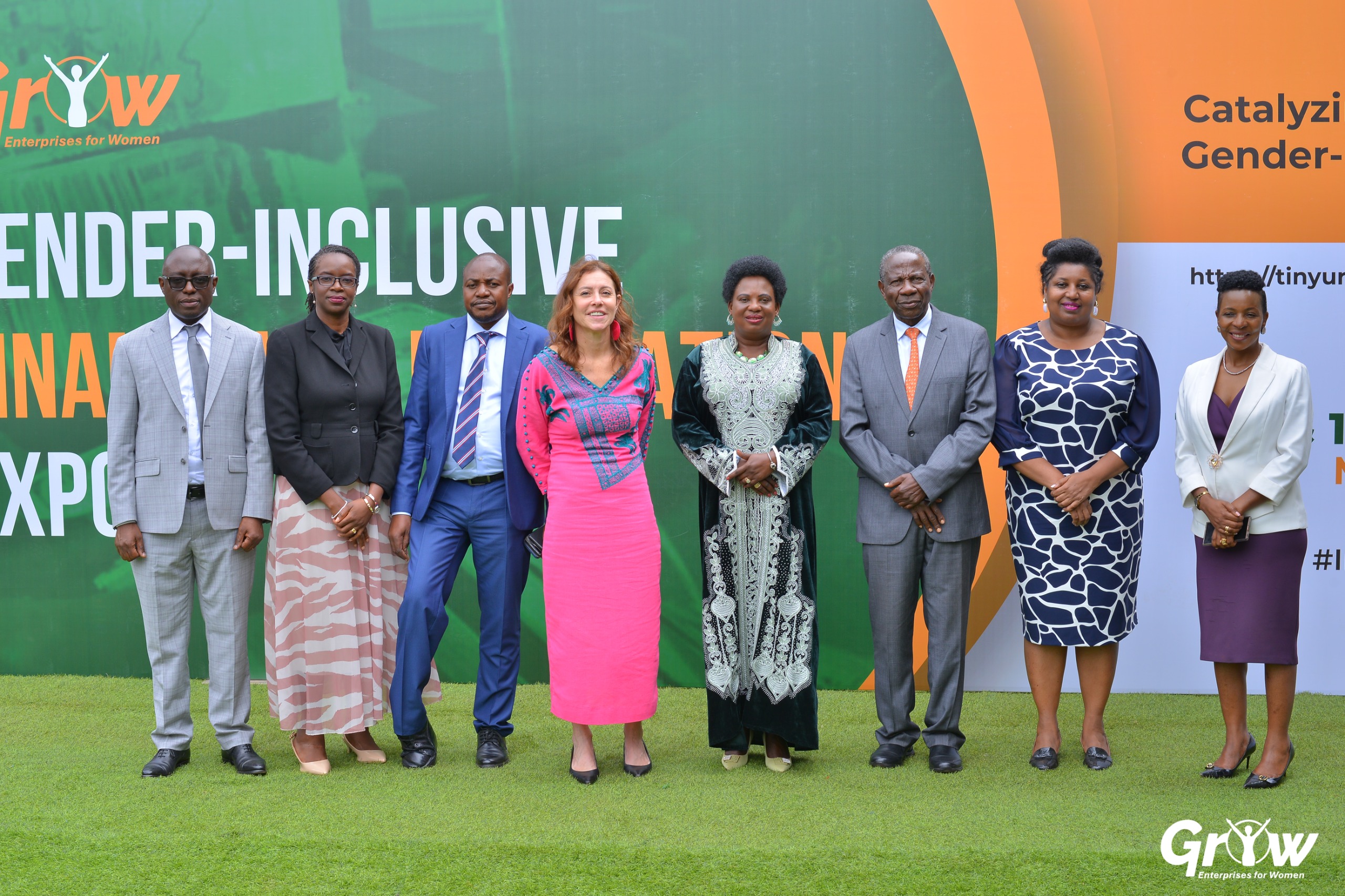Of those little friends of ours that help us to fit in and understand our different environments and societies and to seek more suitable situation and avoid others (namely: Why, How, What, where, When and Who), the most difficult to respond to is Why, followed by How and What. Each little friend of course increases our knowledge, wisdom, understanding and insight to better fit in our environments and societies. Of the little friends, the most difficult to employ is Why, ,but it is also the most important to employ.
In those 48 years when I taught primary school in Uganda, secondary school in both Kenya and Uganda and university in Uganda, I would resist starting a question with “Why”. Why is a difficult question. I would always substitute it with “Explain”. So, in this case let me try to explain why it is easier to divide than to unite Busoga.
I believe there is no single explanation of anything. The explanations are many as there are explainers, and any explanation may be philosophical, ethiçal, moral, spiritual, cultural, historical, political economic, social, religious, educational, geographical, psychological and environmental, and even mathematical. Explanations, guided by love for complexity, will combiñe several dimensions for more complex minds. If we pursue so mole explanations with simple minds we end up explaining nothing.
For the purposes of showing how Busoga has been divided more than united, let me address just two issues: History and politics. However, the two are integral because it is politics and politicians that make history, and history in most societies charts the influence of politics and politicians on society. That is why governors of Uganda in the last 36 have tried as much as possible to erase history and remake it.
History has a lot to do with the challenges of integrating Busoga physically, socially, politically economically and culturally. A people is better off if it has one collective mind on most factors of life. It is rare to get Basoga depict a collective mind on anything. This could explain it has been easier to manipulate Basoga to serve interests of others other than their own. It also explains why it is not easy for Basoga to weave a common stand on anything and demand that their stand be paramount.
Being shaped like a basin and with a lot of water and fertile land, Busoga has always been an attractant of peoples from different parts of the Great Lakes region. Many people of different cultures and creeds sought refugee in Busoga over the centuries and settled in the area. They came from Bugwere, Bunyoro, Buganda,Teso, Busamia, many parts of Bukedi, Rwanda, Burundi, Kenya and as far as Tanzania. Others came from West Nile and Northern Uganda. Many came in from Southern Sudan on their own, but the British colonialists brought in many Nubians to help them quell resistance to their emerging imperialism in Busoga. Most came in with their traditions and cultures, and never bothered to change and become true Basoga. They formed their own Clans, and some are proud of repeatedly telling their fellow Basoga where they came from in an attempt to show that they are different and superior. So superiority complexes and inferiority. complexes can not get unite a people. It is not rate to find that when a list of Clans of Busoga is given in many writings, Clans of people who came in from elsewhere clog the list, while clans were indigenous to Busoga but based on the islands in Lake Victoria part of Busoga are dismissed as “foreign clans”, not characteristically Busoga Clans. Apparently migrant clans are given more credence as Clans of Busoga. This is intellectually mind-boggling, but given the status quo, saying so can divide Busoga even more by putting clans that have cast themselves as the true clans of Busoga on the defensive.
Below is a short checklist of Clans that have frequently referred to as clans of immigrant people:
Kadubuli Mulaka. Nsekero
Kaligyoko. Mulemera. Nkwalu
Kalikoko. Mukenga. Nkwalu
Kaliro. Mutyaba. Nkembwe
Kanhyama. Musooko. Mwandha
Kiruli. Wanzu Muyimbo
Muyimbo. Nnhugwe. Muyaka
Kasendo. Nnhunguli Muvvu
Mulabya. Nhikojjo. Mwendo
Even the Mulawa Clan, indigenous to the Busoga part of the Lake Victoria Island of Buvuma, with typically Busoga names and culture, is frequently mentioned by writers of Busoga history that are from one part of Busoga as a non-Busoga Clan. This justisfies why there is need to rethink the history of Busoga with a view to deconstructing it.
Politics has done more to disunite than unite Busoga. The colonialists in their quest to establish British hegemony in Busoga, used divide and rule as their tool of governance. Based on the model of governance they found in place, which reeled on 6 hereditary chiefdoms (Bugabula, Luuka, Busiki, Bugweri, Buzaaya and Bukooli), and helped by the fact that the Kisiik of Busiiki had already ceeded part of his Chiefdom to the migrant houses of Nkono and Zibondo, thereby creating Bukono and Bulamogi, they restablished the Chiefdom of Kigulu as a hereditary entity and added 4 more -Butembe, Bunyhole, Bulamogi, Bukono).
Busoga, being the most clanned territorial entity in the whole world was thus to be divided between the few royal enclaves and numerous subject clans. The rentroduction by the British colonialists, in collaboration with the royal chiefs, of Kyabazingship (which was integral to the Igaga hegemony at Nnenda Hill), to replace their model of governance called Presidency of Busoga, ushered in the now historical conflict between Bugabula and Bulamogi for what became, along the way, royalised to appear that whoever occupied the post was some kind of King. The conflict was somewhat conquered when Milton Obote abolished Kingdoms. But these were reintroduced in a deceptive form when President Tibuhaburwa Museveni constitutionally established what he called Cultural Institutions because he did not want Kings to explicitly appear in the Uganda Constitution 1995 like they did in the Ugand Constitution 1962).
During the first reign of Obote, politics did a lot to exacerbate the conflict between Bulamogi and Bugabula, by Obote being more aligned to Bugabula’s Sir William Wilberforce Kadhumbula Gabula Nadiope II who doubled as his Vice-President of the Uganda People’s Congress (UPC) and Vice-President of Uganda. Supported by Obote, Nadiope, after replacing Henry Wako Muloki, from Bulamogi, tried to manouvre, to convert Busoga into a heredary Kingdom. The manouvre was taken to Lancaster Constitutional Conference in the UK, but there is no way the British Government could allow a Kingdom to resurface in the East. So the Lancaster Constitutional Conference agreed to give Busoga a Semi-Federal Status, with the name Territory of Busoga, but left ascension to the seat of Kyabazinga electable. That left the conflict between Bugabula and Bulamogi inbuilt in the Uganda Constitution 1962, which was only erased from the political scene of Uganda when Obote abolished Kingdoms and the Kyabazingaship of Busoga.
So when President Tibuhaburwa Museveni introduced deceptive kingdoms he called Cultural Institutions, the now traditional conflict between Bulamogi and Bugabula resurfaced. Kyabazingaship, however, took longer to reconstitute because of that traditional conflict. There was a lot of negotiation and lobbying. The people at the centre of that exercise were Rebbeca Kadaga and Kirunda Kivejinja, both political heavyweight s of the NRM regime. After a lot of hussling it was agreed that Henry Muloki became the first Kyabazinga and that he would’ve replaced by Gabula Nadiope IV, who was by then a juvenile. Even though it was decided that way, Gabula Nadiope’ascension, was not smooth. His nemesis, Wambuzi Zibondo first seized the throne, only to be removed later. He went to court. It was only lately that the court ruled that Gabula Nadiope
IV is the rightful Kyabazinga. That however, does not remove the tradition rivalry between Bulamogi and Bugabula, or between the Gabula Nadiope and Wako Zibondo House because ascension to to the post of Kyabazinga is a political process involving lobbying and election, with great potential for the Central Government putting itself at the centre of the process.
So long as Kyabazingaship remains divisive, uniting Busoga through the agency of Kyabazingaship will remain elusive. Busoga will remain too weak an entity and will be unable to resist designs of the Central Government on it in pursuit of imperial interests. Indeed it is during Kyabazinga as a cultural Institution that the Central Government has been able to balkanize Busoga into 13 Districts and 38 Constituencies, all firmly under the hegemony of President Tibuhaburwa Museveni. Although the reasoning behind the overbalkanisation of Busoga has been to bring services to the people, this has not been realised. With the current arrangement that all the money collected as taxes is sent to the Centre, which then decides how much is sent to the local governments and when, services have become less and less. Besides, conflicts over shared resources are becoming common.
For God and My Country
Do you have a story in your community or an opinion to share with us: Email us at editorial@watchdoguganda.com

